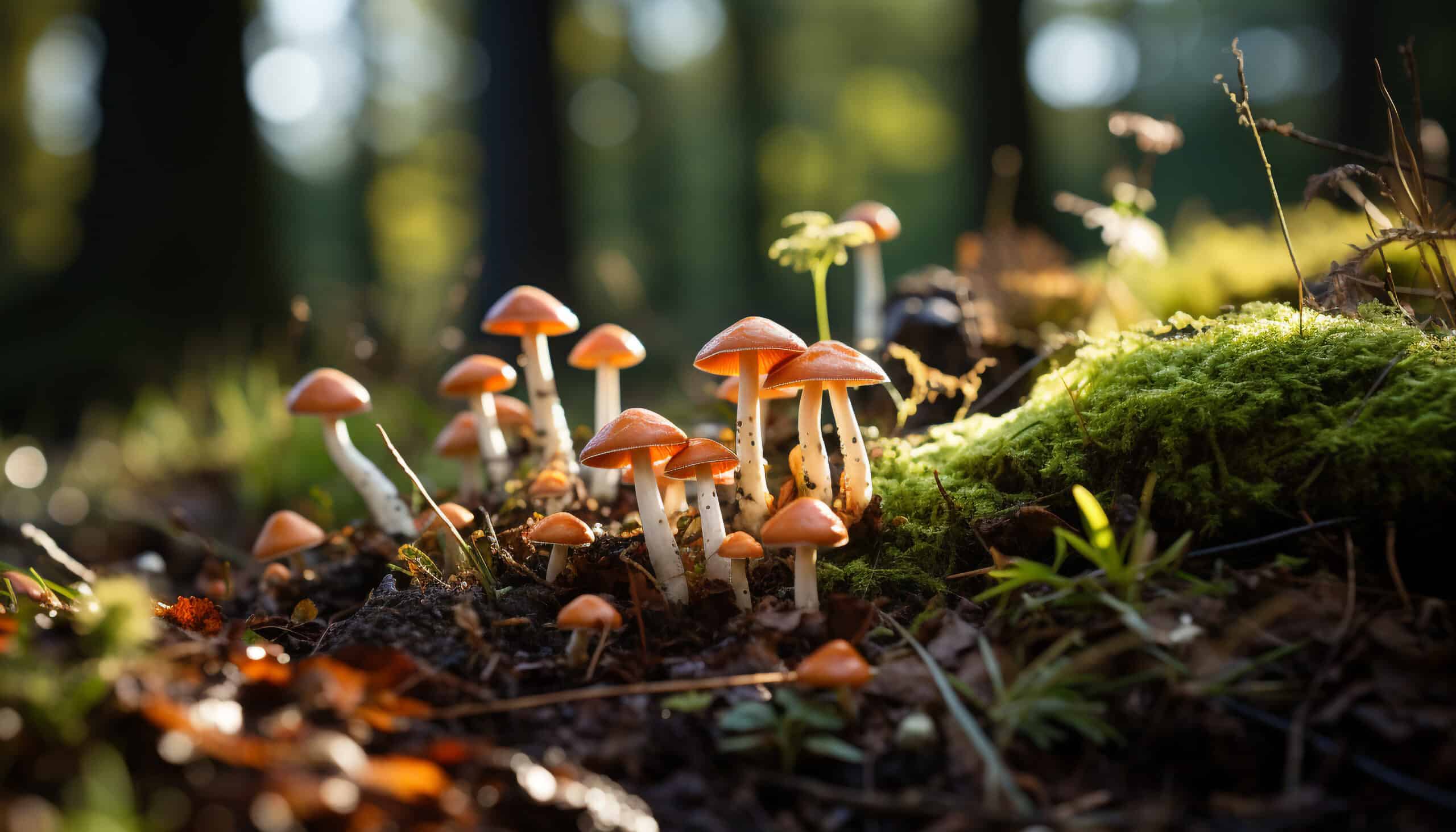Is it feasible to grow mushrooms outdoors?
Key Takeaways
- Growing mushrooms outdoors is a feasible and rewarding practice
- The advantages of outdoor cultivation include leveraging natural environmental conditions, larger yields, and cost-effectiveness
- Challenges such as vulnerability to outdoor air conditions and weather fluctuations can be overcome with proper planning and techniques
Growing mushrooms outdoors is a practice that has gained popularity in recent years. Many people are discovering the advantages of cultivating mushrooms in their natural environment. In this article, we will explore the feasibility of growing mushrooms outdoors by examining the advantages and disadvantages of this cultivation method.
Advantages of Growing Mushrooms Outdoors
There are several advantages to growing mushrooms outdoors:
- Natural Environment: Outdoor cultivation allows mushrooms to grow in their natural habitat, creating optimal conditions for their development.
- Cost-Effectiveness: Setting up an outdoor mushroom cultivation system can be more affordable compared to indoor setups that require specialized equipment.
- Sustainable Approach: Outdoor cultivation promotes sustainability by utilizing natural resources, such as sunlight and fresh air, reducing the need for artificial lighting and climate control.
- Increased Yield Potential: With ample space and proper environmental conditions, outdoor cultivation can lead to higher yields of mushrooms.
- Diverse Mushroom Varieties: Outdoor cultivation expands the range of mushroom varieties you can grow.
- Connection with Nature: Cultivating mushrooms outdoors provides a unique opportunity to connect with nature and observe the growth process firsthand.
These advantages make growing mushrooms outdoors an appealing option for both home gardeners and commercial producers. By leveraging natural environmental conditions, growers can enhance the growth and development of mushrooms while enjoying the benefits of a sustainable and cost-effective approach.
Disadvantages of Growing Mushrooms Outdoors
While there are significant advantages to outdoor mushroom cultivation, it is also important to consider the disadvantages:
- Vulnerability to Outdoor Air Conditions: Outdoor-grown mushrooms are exposed to the elements, making them more susceptible to fluctuations in temperature, humidity, and air quality.
- Weather Fluctuations: Unpredictable weather conditions can impact the growth and development of mushrooms, potentially leading to crop losses.
- Increased Risk of Contamination: Outdoor cultivation exposes mushrooms to pests, rodents, and other contaminants that can compromise the quality and yield of the crop.
- Limitations on Year-Round Cultivation: Certain types of mushrooms may have specific temperature and humidity requirements that are difficult to maintain outdoors, especially in colder climates. Greenhouses may be required for year-round cultivation.
Despite these disadvantages, with proper planning and management, many of these challenges can be overcome, allowing for successful outdoor mushroom cultivation.
Successful Outdoor Mushroom Cultivation Techniques
To maximize the feasibility and success of outdoor mushroom cultivation, various techniques can be employed:
- Growing Mushrooms on Logs: This method involves inoculating logs with mushroom spawn, allowing the mycelium to colonize the wood, and eventually producing mushrooms. Logs offer a sustainable substrate and can support the growth of certain mushroom species for several years.
- Growing Mushrooms on Wood Chips: Wood chips are readily available as a by-product of agriculture and can serve as a substrate for mushroom cultivation. This method is cost-effective and can yield a variety of gourmet and medicinal mushrooms.
- Growing Mushrooms on Straw: Straw can be used as a substrate for outdoor mushroom cultivation. Some mushroom species have the ability to break down herbicides and pesticides present in straw, making it safe to eat the mushrooms and use the spent straw in gardens.
By employing these techniques, growers can experiment with different substrates and mushroom species, enhancing the diversity and yield of their harvest.
Conclusion
In conclusion, growing mushrooms outdoors is a feasible and rewarding practice. The advantages of leveraging natural environmental conditions, larger yields, cost-effectiveness, and the opportunity for commercial production or expanding mushroom harvest make outdoor cultivation an attractive option for both home gardeners and commercial growers. While there are challenges to overcome, proper planning, management, and the use of specific techniques can help ensure successful outdoor mushroom cultivation.
Related Websites:
FAQs:
Q: Is it feasible to grow mushrooms outdoors?
Yes, growing mushrooms outdoors is not only feasible but also beneficial. Outdoor cultivation provides natural elements like sunlight and fresh air that contribute to healthy mushroom growth.
Q: What are the benefits of growing mushrooms outdoors?
Growing mushrooms outdoors has several benefits. It allows for larger yield potentials, reduces the need for artificial lighting and climate control, and promotes natural symbiosis with the environment.
Q: What are some mushrooms suitable for outdoor cultivation?
There are several mushrooms suitable for outdoor cultivation. Some popular options include oyster mushrooms, shiitake mushrooms, and wine cap mushrooms.
Q: What are the ideal temperature and humidity requirements for outdoor mushroom growth?
Different mushroom species have varying temperature and humidity requirements. However, a general range of 55-75°F (12-24°C) with 70-90% humidity is suitable for many outdoor cultivated mushrooms.
Q: How can I prevent and control pests and diseases in outdoor mushroom cultivation?
To prevent pests and diseases, maintaining proper hygiene, using clean organic materials, and regular inspection of the mushroom beds are important. Implementing integrated pest management techniques and proper sanitation practices can help control potential issues.






